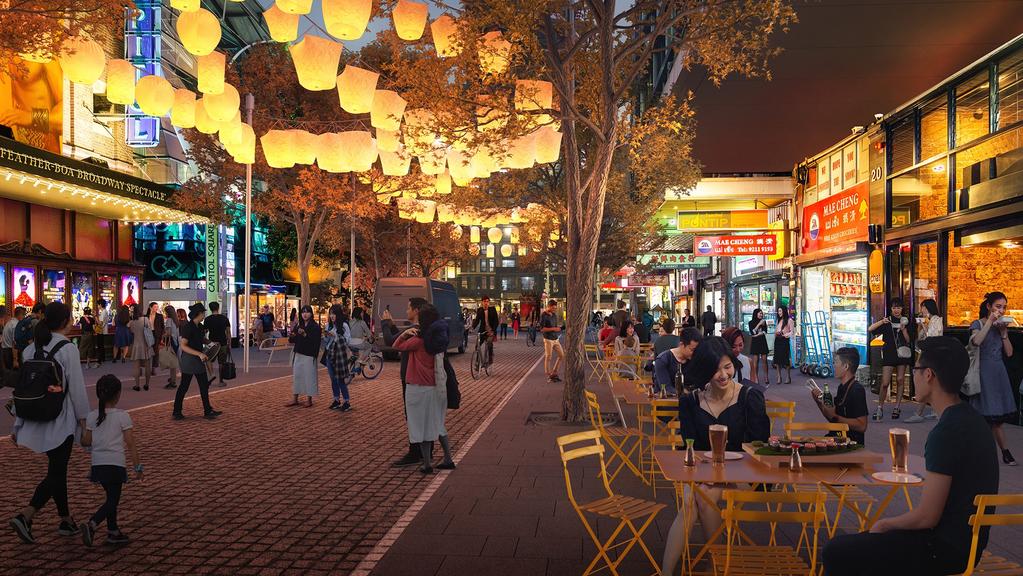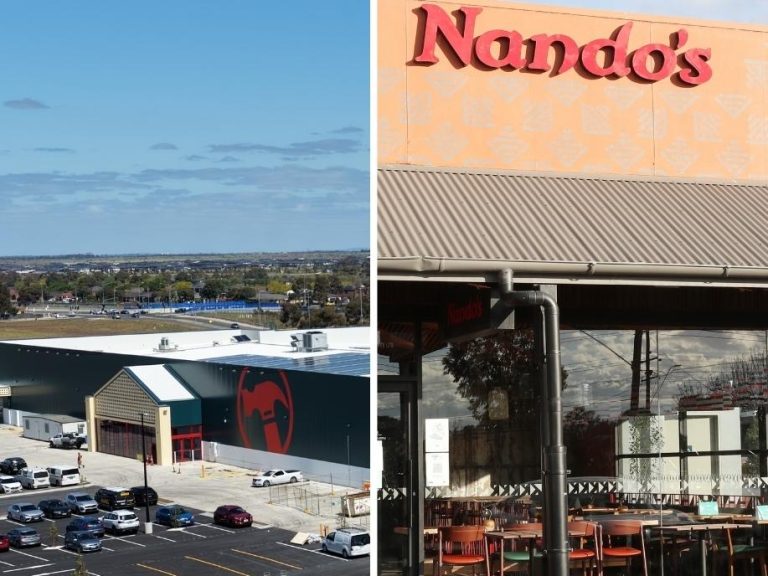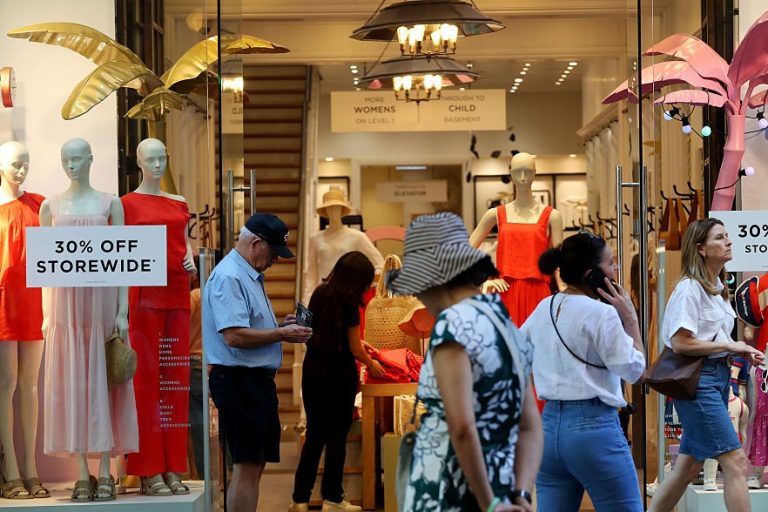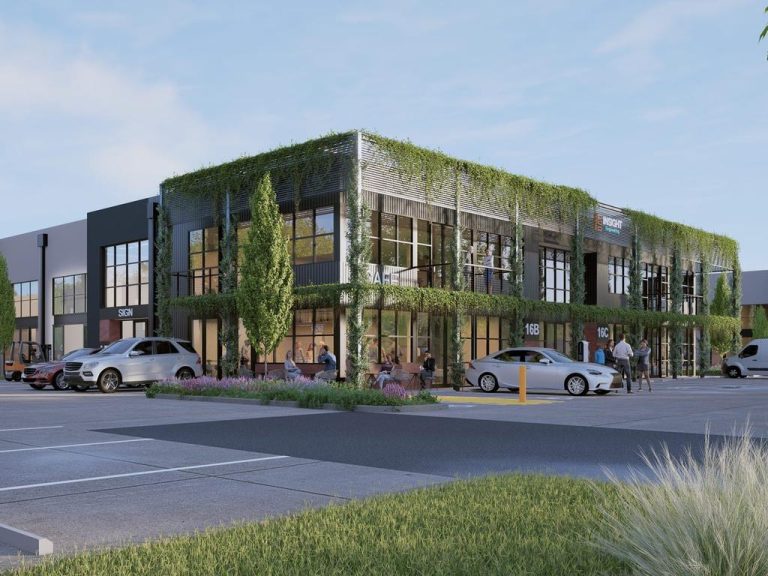$43.5m for Thai Town, Chinatown as they ride Tech Central wave to Annandale

Thai Town is set to be extended from its original home on Pitt Street and around the corner onto Campbell St, under a new plan released by the City of Sydney.
Some of Sydney’s hardest hit CBD areas are set to benefit from major investment in the city’s upcoming Tech Central, as well as a $43.5m plan to spruce up Haymarket.
Chinatown and Thai Town in particular are set to reap much of the reward from a new plan that will reduce parking, expand footpaths and tidy up existing streetscapes around but not in Chinatown’s Dixon St.
Fresh plans include the extension of Sydney’s Thai Town, which the City of Sydney plans to expand off its original home on Pitt St – between World Square and Belmore Park – and on to the small strip of Campbell St between Pitt St and George St.
While Thai Town exists officially on Pitt St, a number of Thai stores, grocers and restaurants exist across several blocks in Haymarket.
The largest concentration exists on the block sitting on George St, Campbell, Pitt and Goulburn, where restaurants such as Show Nom serve desserts and coffee from 7am to midnight while the new Mangkon Road Chinese-Thai Restaurant operates a 12-hour trade also to midnight and popular Thai franchise Chaat Thai operates from 10am to 10pm.
Under the plan, the existing footpath outside of Capital Theatre on Campbell St would be extended to provide space for entertainment and outdoor dining and seating. It’s an area with already high foot traffic on weekends, where buskers often sing and play Thai music.
While sleepy from the outside, most restaurants inside the Capitol Square Building, next to Capitol Theatre, come to life of a night-time with live bands playing in their native tongue while sports matches roar and friends cheer.
Restaurants such as Bangkok Thai run a 14-hour trade to 2.30am, meanwhile Korean counterpart Millioremans the grill and deep fryers until 4am week days and 5am on weekends.
Not all restaurants are permanent fixtures with some, such as Yaowarat, named after the main road in Bangkok’s Chinatown, existing at World Square in somewhat of a pop-up operation accessible via an entrance on Pitt St.
Foot traffic across Chinatown and Haymarket more broadly is still yet to reach its pre-pandemic levels, with Roy Morgan People Movement data supplied by the council finding foot traffic last month was about just 64 per cent of what it was in 2019.
Weekday foot traffic in Haymarket on average reached 245,663 in July 2019 and 190,069 on weekends. It typically picked up over the colder months, rising from 223,612 in May on weekdays and 164,890 on weekends.
In 2023, there were just 167,500 people passing through the area on weekdays and 154,171 on weekends. Weekday foot traffic last month was down by about 14,000 compared to June, while weekend foot traffic over the same period is down by about 11,000.
“The impact is continuing to be felt, with people movement surveys indicating a slight drop in weekday and weekend numbers when compared to pre-pandemic visits,” said Lord Mayor Clover Moore.
The City of Sydney’s plans for Haymarket include removing parking on the corner of Campbell St and Castlereagh Street which would be replaced with trees, as well as no longer allowing vehicle access to Campbell St.
New bike lanes would also be established to connect Campbell St to George St, where the light rail passing through Haymarket and Surry Hills running a route from Circular Quay to either Randwick and Kingsford.
Other new bike lanes would connect Regent St to Quay St, Hay St to Sussex St and Kelly St to Mary Ann St.
Two major bike paths would also connect Annandale to Pyrmont, with a lane from Booth St to Pyrmont Bridge Rd, as well as Forrest Lodge to Haymarket, with a lane on Parramatta Rd.
Harbour St has recently welcomed two new restaurants. The Boiling Crab has opened within The Holiday Inn and Korean restaurant Youngdabang has opened within a Banna Group building owned by Brad Chan.
“Coming out of the pandemic was probably one of the most difficult periods Chinatown has experienced in decades,” Mr Chan said.
“We ended up with quite a few vacancies, particularly in Dixon St.”
As many companies have come out of the pandemic with hybrid working models, Haymarket had been a lot quieter, he said.
“I think maybe by habit people are not coming to the city as much after the pandemic.”
Asked what would make a difference to the area, Mr Chan said Chinatown needed a refresh.
“The streets are looking pretty tired, particularly when compared to Darling Square,” he said.
Lord Mayor Clover Moore acknowledged that Chinatown had struggled significantly over the past few years.
“Haymarket is one of Sydney’s most iconic urban villages and has long been recognised as a focal point for Asian food, cultures, and communities both locally and internationally,” she said.
“But the last few years have been incredibly challenging for the area, which was among the first areas in the city to be impacted by the pandemic. Businesses in Chinatown suffered greatly with venues capped or closed, people working from home and travel halted.”
Around the corner from Harbour on Hay St, Chinatown has seen the opening of K9 Karaoke Restaurant, which opens on the neon-lit Kimber Lane, and serves seafood and alcohol to private rooms from 8pm to 4am. On the other side of George St, the council plans on removing one of two lanes on Harbour St, which divides Chinatown and Darling Square. That removal has been largely welcomed as entrance to Harbour St, off Hay St, is accessible by a single lane on Sussex St.
Around the corner of Harbour St, City of Sydney is planning to reduce two lanes to one, which Other new additions include Nanjing Gourmet, having opened opposite Mother Chu’s Taiwanese Gourmet and the ever-expanding Kowloon Cafe.
Chinatown will soon be home to a new mural designed to reflect “the Asian Australian migrant story and the traditional and contemporary Asian experience”, according to creative grants funding applications.
The City of Sydney has recommended $40,000 for the project called the Chinatown South Legacy Mural as well as $20,000 for a series of art installations by diverse artists to be hung in a Chinatown window, and $15,000 for a series of weekly workshops and mentoring from LGBTQI+ and Asian/QTBIPOC artists at The Bearded Tit in Redfern.
Nicole Ward, the head of portfolio at property funds manager ISPT, which reopened its redevelopment of 477 Pitt St in Haymarket last week, said many of its tenants were attracted to the culture of the area.
“Haymarket is undergoing an immense transformation and the investment into Central Station, the Light Rail expansion and the government’s Tech Central precinct is positioning the area as an increasingly desirable alternative to more traditional central CBD locations,” she said.
“Given its location at the gateway to the CBD and surrounded by in-demand, inner-city locations like Surry Hills that offer a huge array of lifestyle benefits, Haymarket’s regeneration will connect the missing link between the CBD and these inner-city locales.”







